A Wet, Wet Summer In Ketchikan Alaska
Ketchikan is always rainy, but this year actually set a record for summer rainfall. I ran 28 trips for Baranof Fishing Excursions in July. While we caught occasional glimpses of the sun, it rained pretty much every day, often several inches in a day. The forecast was for 6 inches over the 30 th and 31 st . We got 7.5.
Daytime temperatures were in the low 50’s, with 40’s overnight. Living aboard Laughing Gull was a soggy experience to put it mildly. Due to the weather and busy schedule, my boat remained tied to the dock except for a few after-work trips when it wasn’t raining too hard.
Fortunately the Big Buddy propane heater worked well and hard in an effort to dry things out and keep me warm. I didn’t dare leave the heater running while I was sleeping or away from the boat, so the it ran only a few hours each day. While there was always wet gear, I never slept in a wet bed or started the work day with wet clothes. It did take 3 days, though, for some wool socks to dry after I’d hand-washed them.
The first week of August was a delight: warm, sunny, and calm. Without halibut tickets (tightly limited permits necessary on charters) though, I began focusing on salmon after my guests had caught enough rockfish for lunch. While salmon are great game fish and table fare, they lack the mystery of halibut for me. I think of open-water salmon fishing as mostly technology-driven: downriggers, inline flasher blades, colorful hoochie skirts, all presented at the right depth.
Halibut fishing is more art. They’re invisible on the fish finder, voracious one day, picky the next. When they strike, you’re left wondering whether you found the right spot or if you were just lucky enough to be there when the “bite” happened. The next three weeks of August were July all over again: increased winds which canceled some trips and shortened others. Finally on August 28, Libbey returned, bringing sun and calm seas with her.
It felt great to be running Laughing Gull again. In the fjords and inlets around Ketchikan, with their winds and powerful currents sometimes fighting each other, she handles the seas just as beautifully as she does Downeast, three-thousand miles away in Maine. We had hoped to make the 175-mile circumnavigation of Revillagegidoe Island, on which Ketchikan is located. With a must-do ferry reservation and the summer’s sketchy weather record, though, we decided that filling the freezer with fish was a better idea.
We ran southeast to the halibut grounds off Hog Rocks and Point Alvah for our first foray (no ticket needed for a personal trip), overnighting on the U.S. Fish & Wildlife Service mooring in Thorne Arm. Our next run was northwest to Clover Pass, then on to the tiny outpost village of Loring. It has a delightful little museum of fishing and canning artifacts dating back to its 1895 founding. Dolores, a third-generation resident, was our interpreter, and she gave us a great tour of the museum, her gardens, and the remains of the steamship Ancon (wrecked 1889). This wreck is the subject of a painting by Albert Bierstadt which now hangs in the Boston Museum of Fine Arts. We enjoyed viewing a print of it in Loring.
The town dock is open for mooring, so we tied off for the night, taking advantage of the fish cleaning table to process our catch of a couple of nice halibut (one near 40 lbs.) and a big yelloweye rockfish. Halibut steaks on the grill at sunset and a nice chat with Dolores’s daughter as she returned by boat from a berry-picking excursion with her dogs rounded out a perfect evening.
After returning to Ketchikan and depositing our fish in the freezer at Baranof Fishing Excursions, we re-provisioned the larder as a trip south to Bostwick Inlet called us. While the scenery there is always grand, the fish weren’t biting. We had planned to anchor in Blank Inlet, which would have given us both seclusion and ready access to Ketchikan, where we had planned to meet up with a friend for a final day of fishing. When we attempted to anchor in Blank Inlet, though, Laughing Gull’s always cranky windlass started spewing sheared bolts and washers on the bow deck. Unwilling to give up one last night in the backcountry, we ran to Ice House Cove and tied off to the U.S. Forest Service mooring for one more lovely, sunny evening.
When my buddy had to cancel his plans to join us, we decided we had enough halibut in the freezer and a few salmon would be welcome. We ran northwest to Valnear Point and joined the trolling fleet to let the technology do the work. We ran a silver/pink flasher with a pink mini-hoochie off a downrigger on the port side. On the starboard side, I deployed a Great Lakes style rig: a braided copper line outfit with a green/silver/glow flasher and a green crinkle fly that I had tied last winter. Both rigs were successful and we caught a nice mix of cohos, pinks, and a chum salmon. As many times as I’ve done it, I always get a bit of extra satisfaction catching fish on a fly I’ve tied.
Back in Ketchikan, our good friend and brilliant artist Beth Antonsen invited us to a fabulous dinner of Swedish fish cakes. I’d agreed to take one of her museum-quality benches back to a customer in Maine in our truck, and Libbey was hoping to swap some of her Whitefield Pottery work for one of Beth’s lovely paintings. A delicious loaf of Beth’s home-baked Norwegian bread for the road made me feel overpaid for the cartage.
A day of errands: return library books, pick up freezer (plugging it into the truck’s inverter and hoping we’ll have frozen fish on the other side of the continent), put boat on trailer, with a nice Thai lunch. Then we went back to the Wal-Mart parking lot for the night, with the alarm clock armed for a 4:45
a.m. ferry check-in. We made the ferry on time, no small consideration given the difficulty of securing reservations for a 46-foot- long rig at this time of year. A six-hour boat ride across the wild seascape of British Columbia and we reached the seaport of Prince Rupert.
A few cursory questions from a friendly Canadian Customs official and we were on the road headed east. We made about 250 miles before pulling into a highway rest area for the night. We spent the next 8 days crossing the continent on the Trans-Canada highway system, driving 9-10 hours per day. We might have driven longer days, but not knowing when the next rest area would appear, we opted for earlier stops.
We crossed the border between Ontario and New York. While the U.S. official at Cornwall was less cordial than his Canadian counterpart at Prince Rupert, his questions were just as cursory. I’d researched the issue of transporting frozen fish through Canada and anticipated no major difficulty, but I was relieved not to have to unload the truck for an inspection.
Despite saving almost 600 miles, coming home on the Trans-Canada probably took an extra day-and- a half compared to picking up the U.S. Interstate system in North Dakota. Speed limits are lower, and the road goes through mostly small towns, with bypasses for the larger cities. Traffic was vastly lighter, and the wild scenery was great. We spotted elk, deer, a bear, and a wolf on the drive.
Total cost is about the same. U.S. gas was about $2.60/gallon, and we paid tolls of about $250 on the way out. Canadian gas ran $1.05-1.35 per liter © and there were no tolls. The Canadian dollar was worth $0.82 US.
Happily the freezer and inverter functioned flawlessly, so we have fish for the winter and to share with family.
I’ll wait until next spring to reopen Laughing Gull Boat Charters but will start looking at possible projects for Big Pine Consulting later this week-leads and inquiries always appreciated. Thanks for joining me for this adventure.
Capt. Steve Spencer, edited by John Page Williams 9/27/17

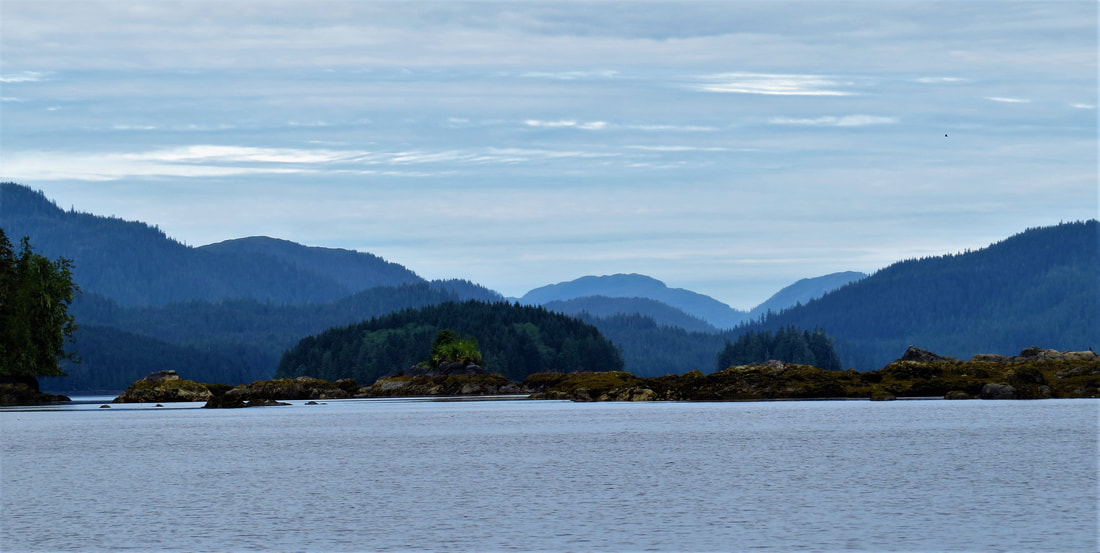
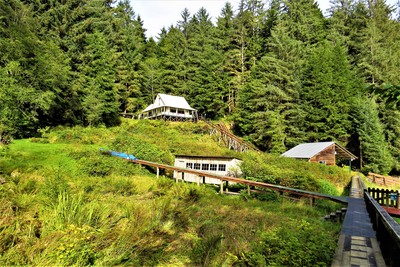
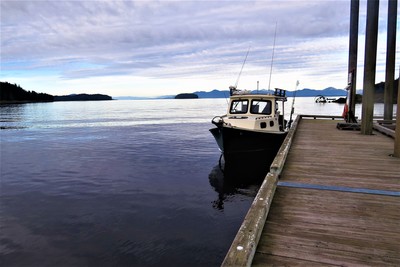
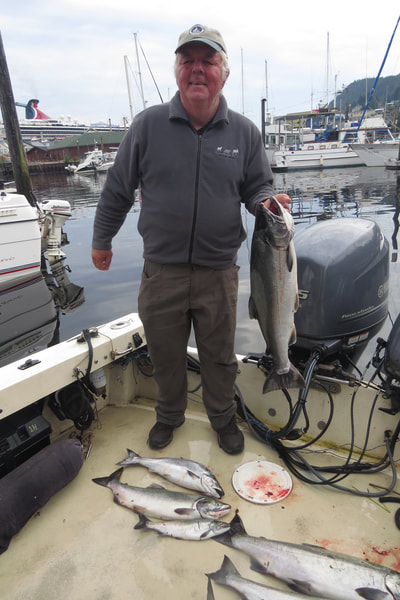
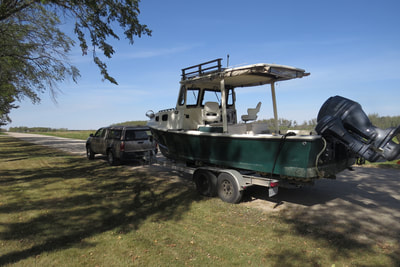
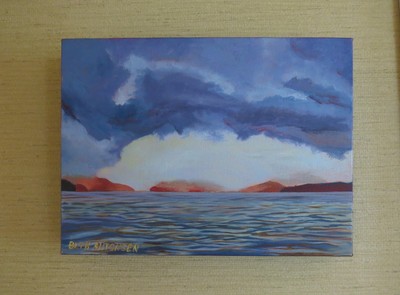
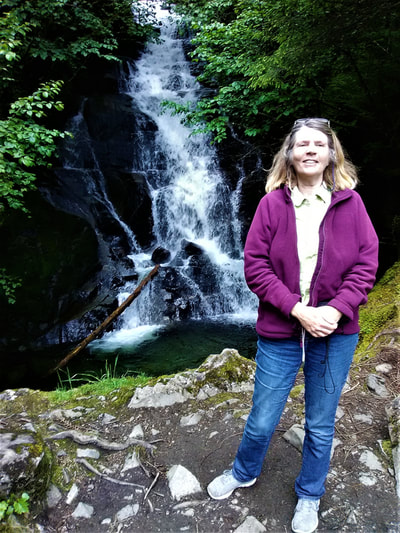

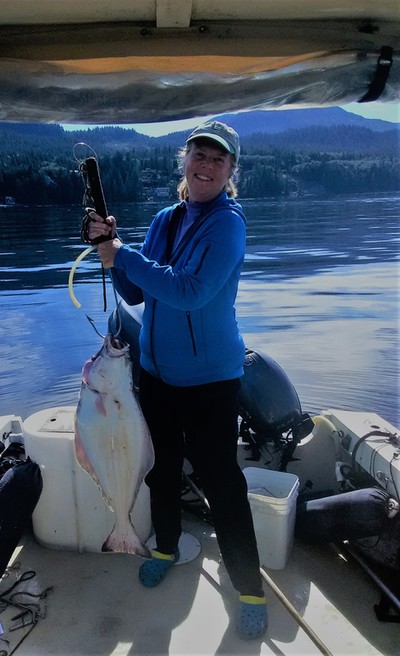


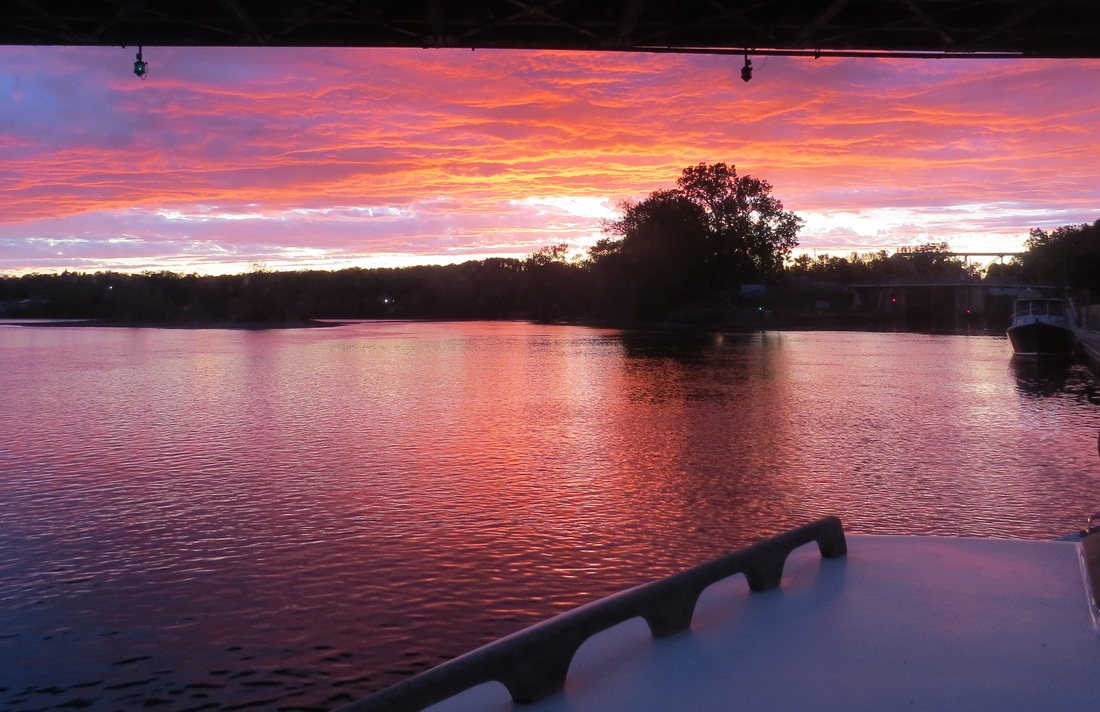
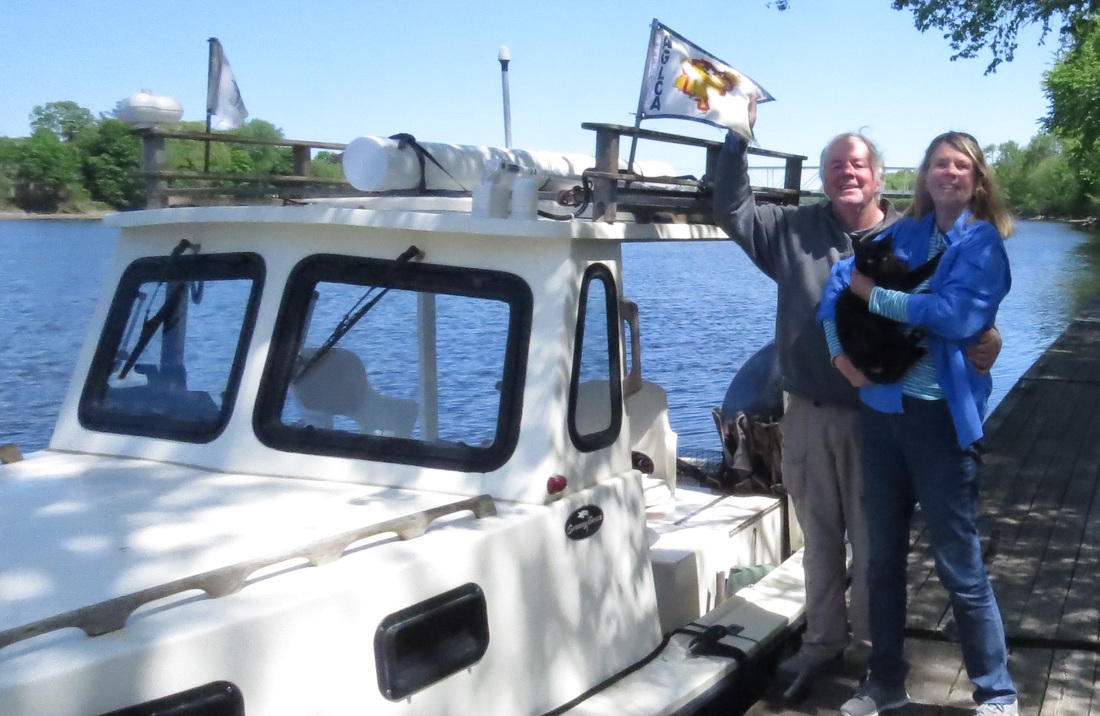
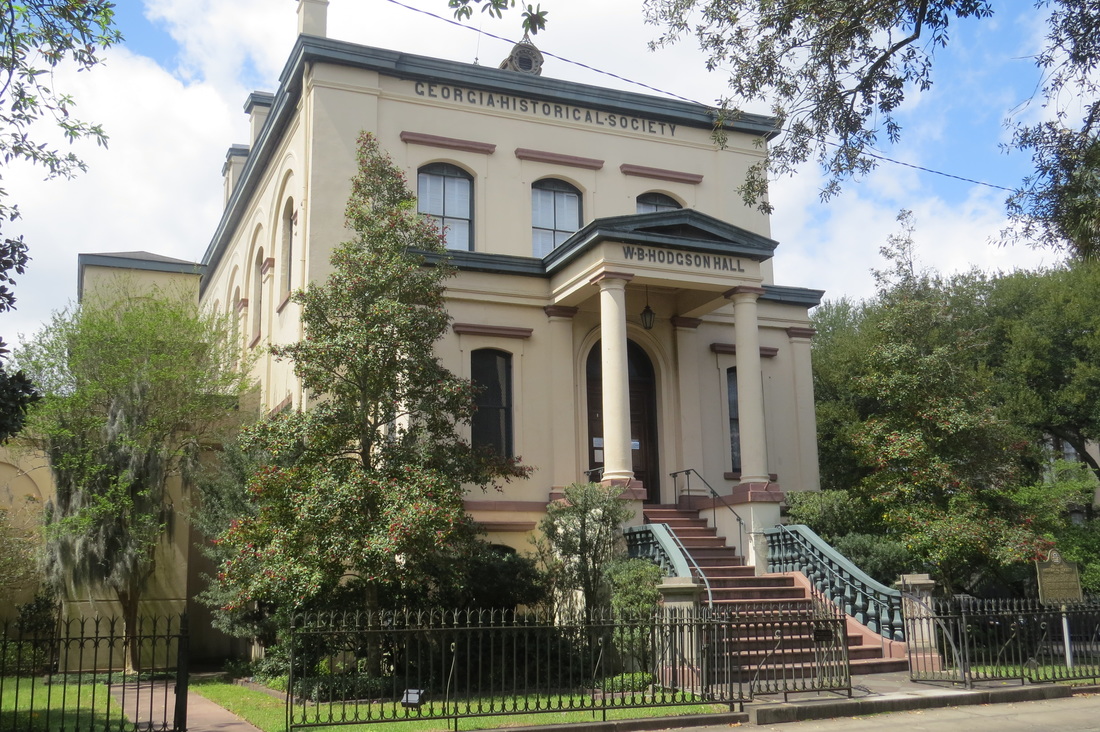
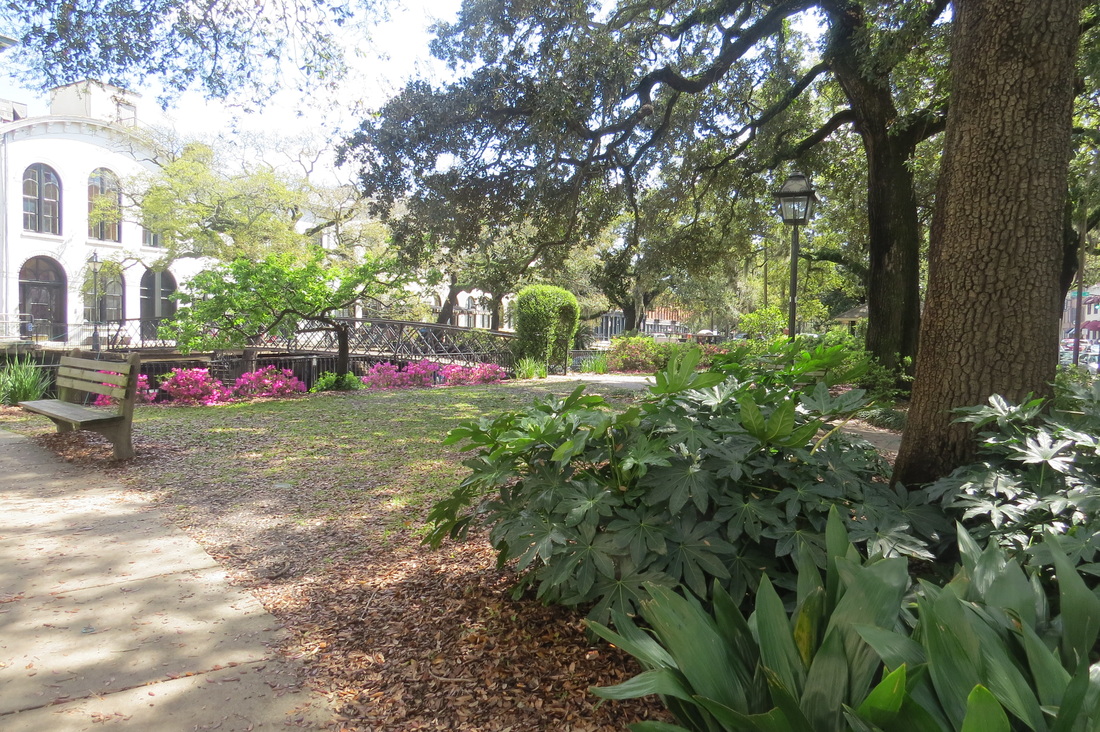
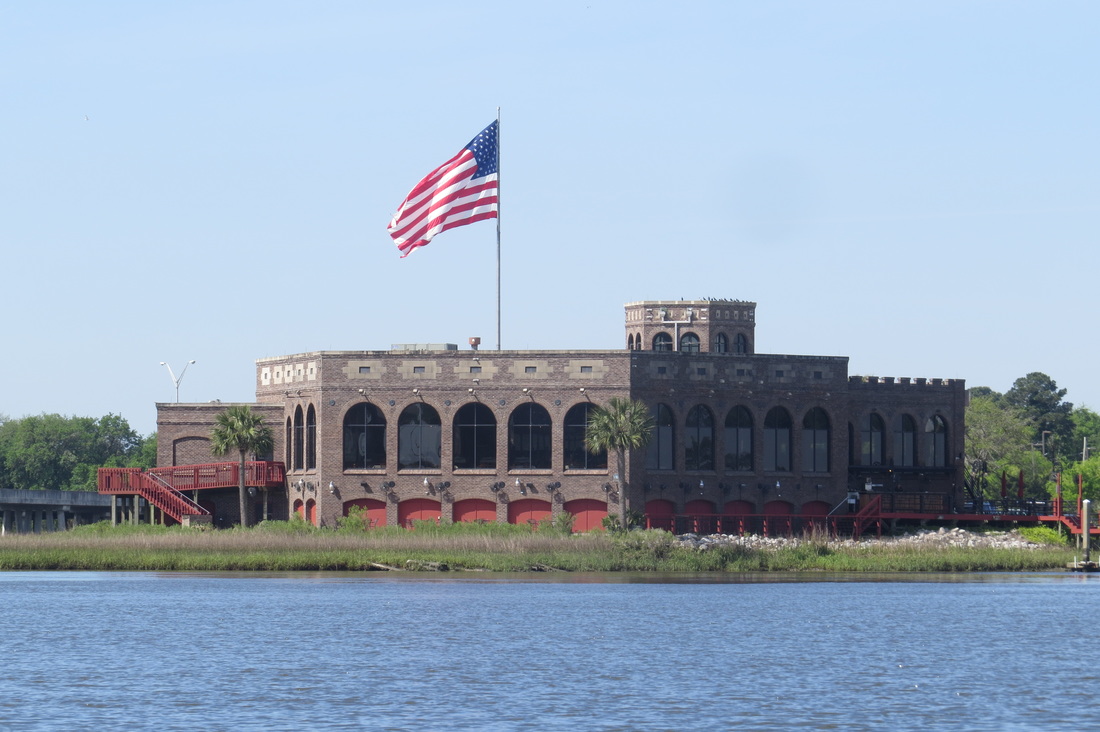
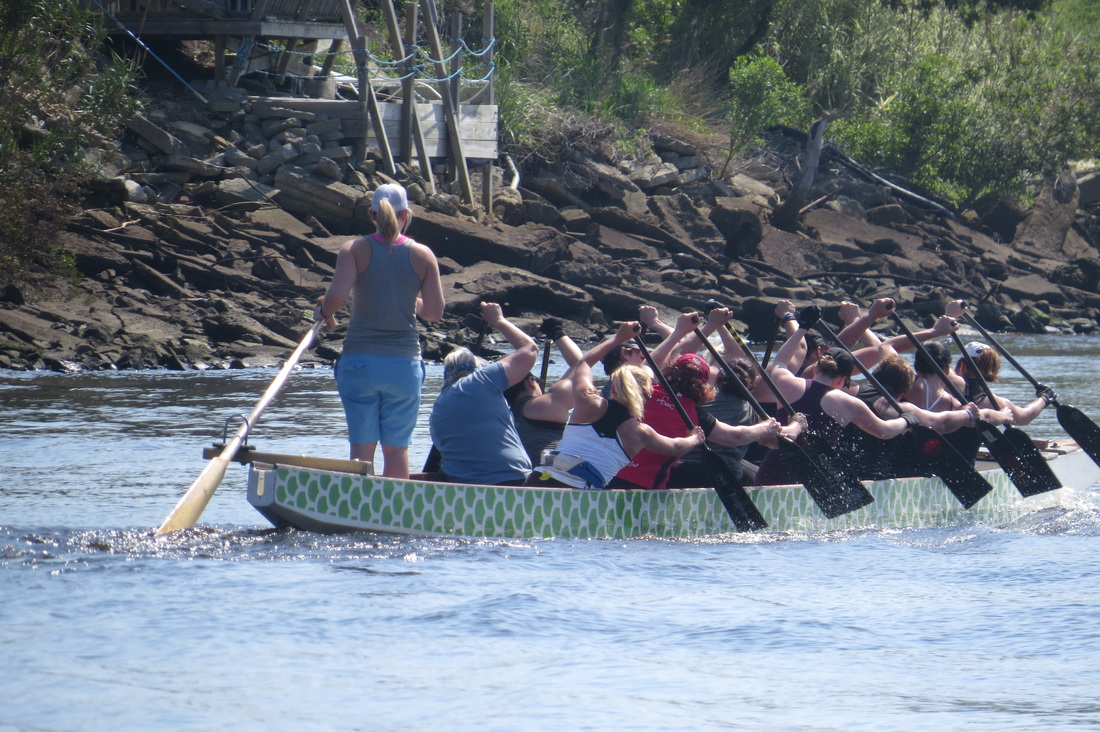

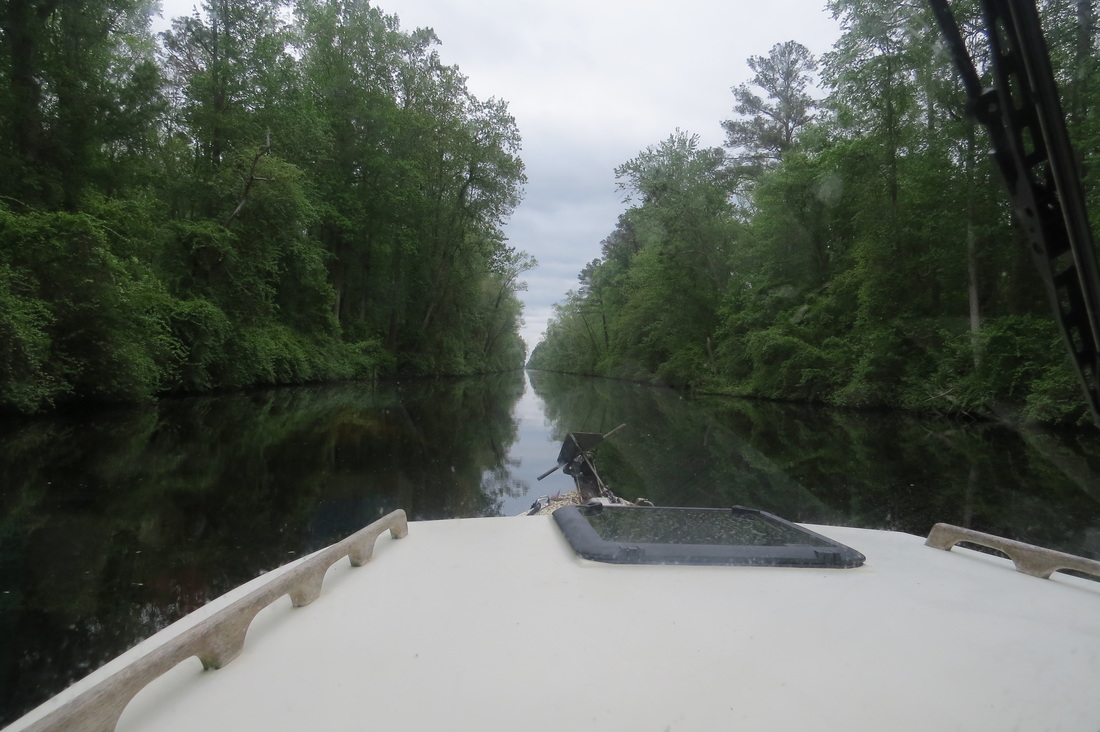
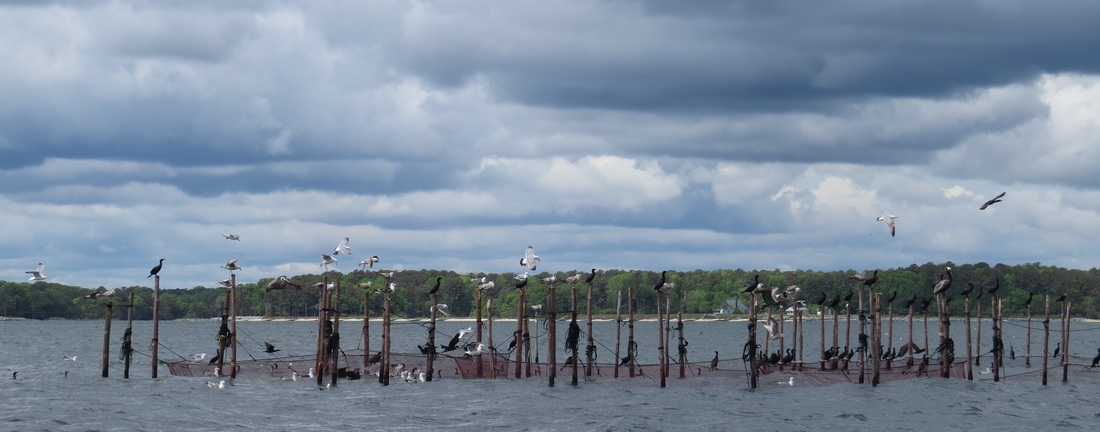
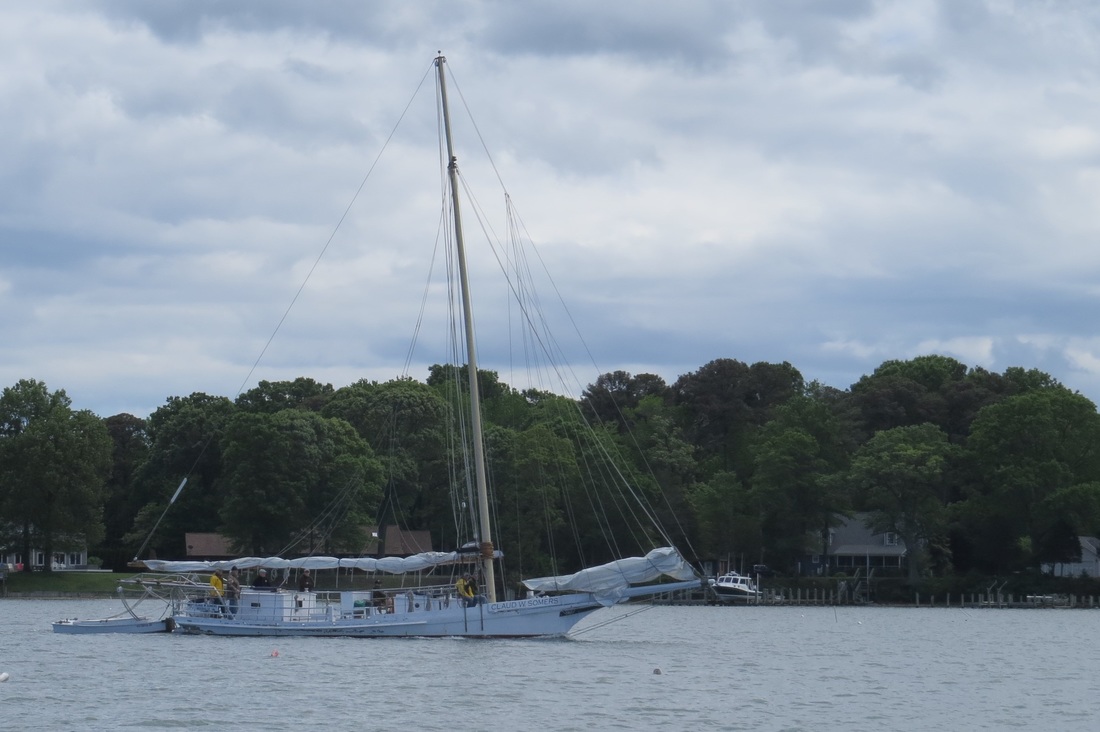
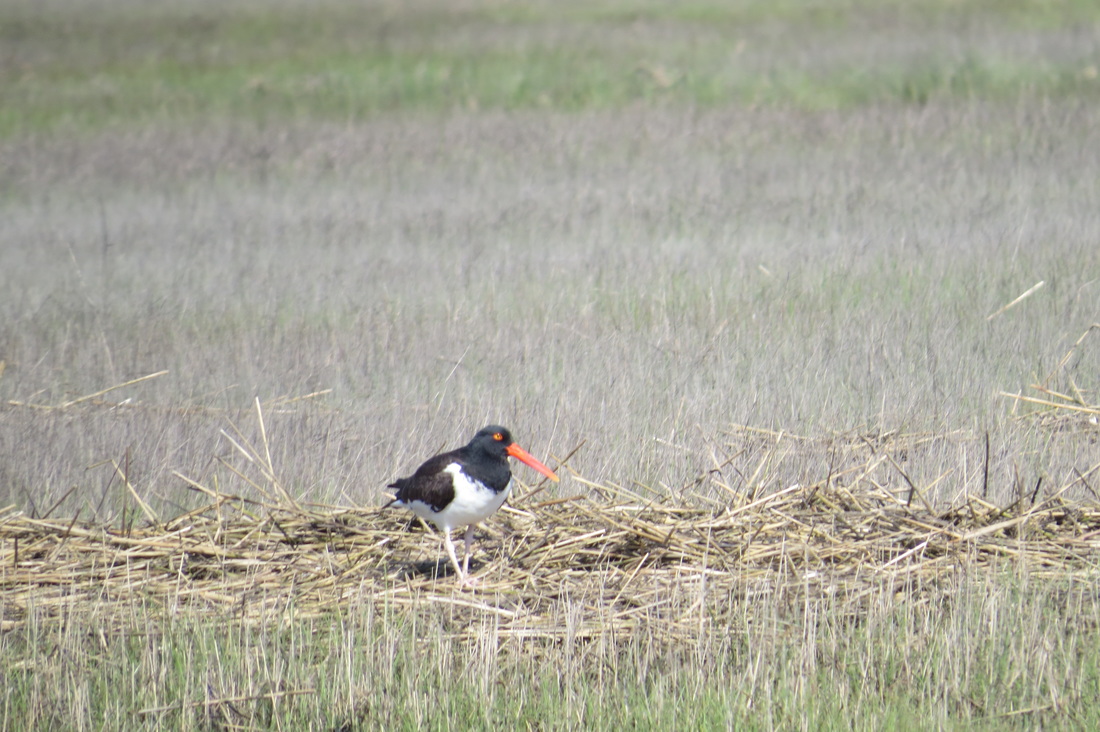
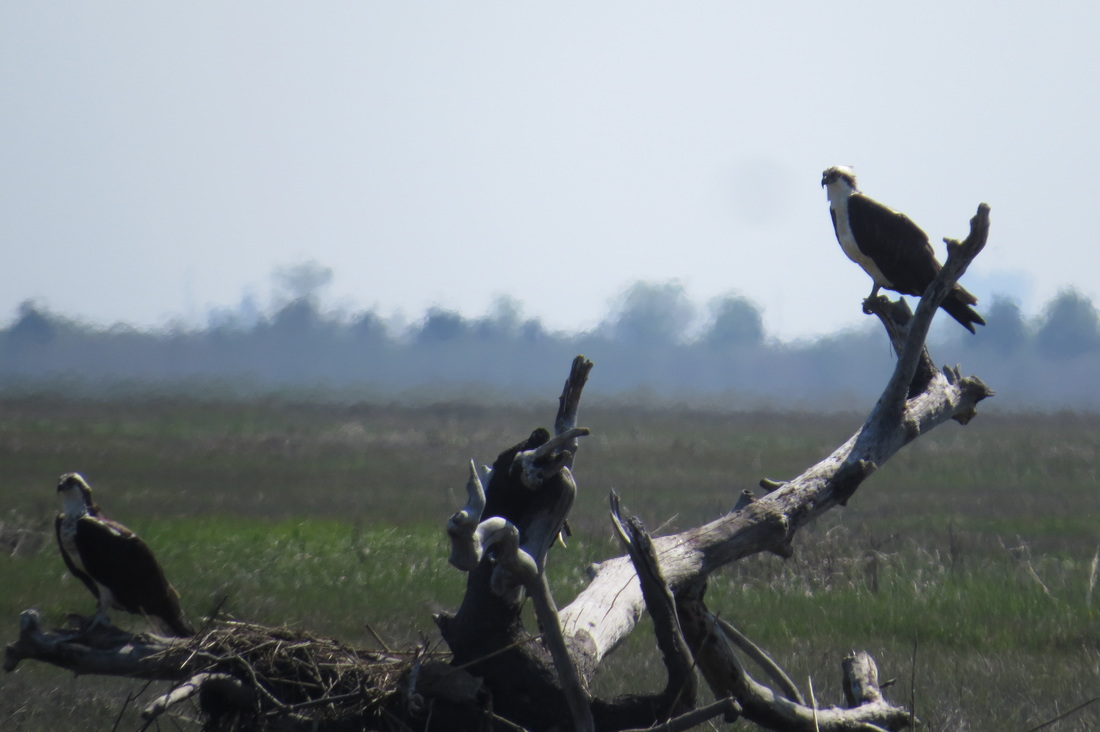
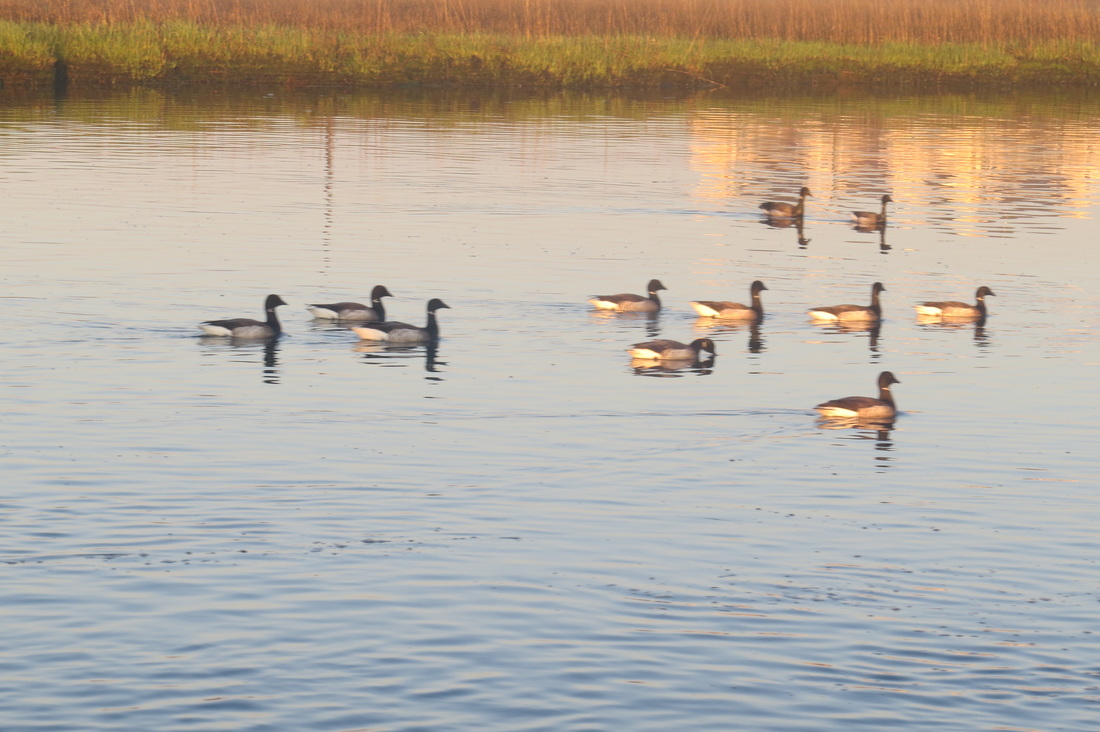
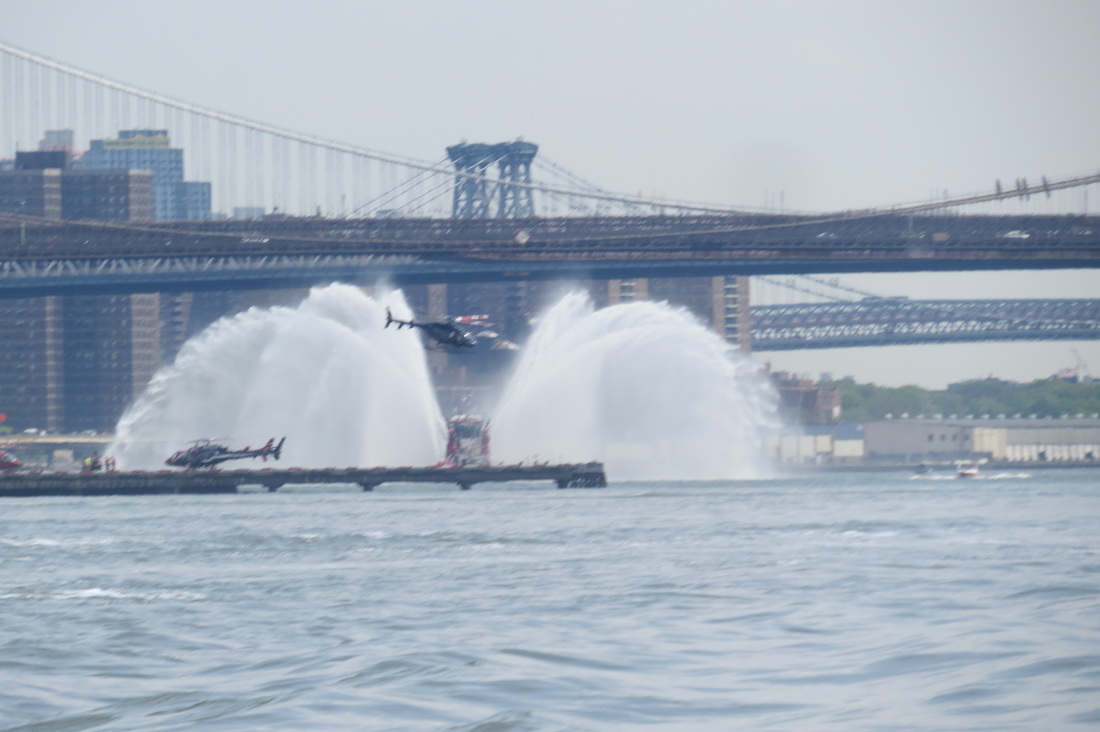

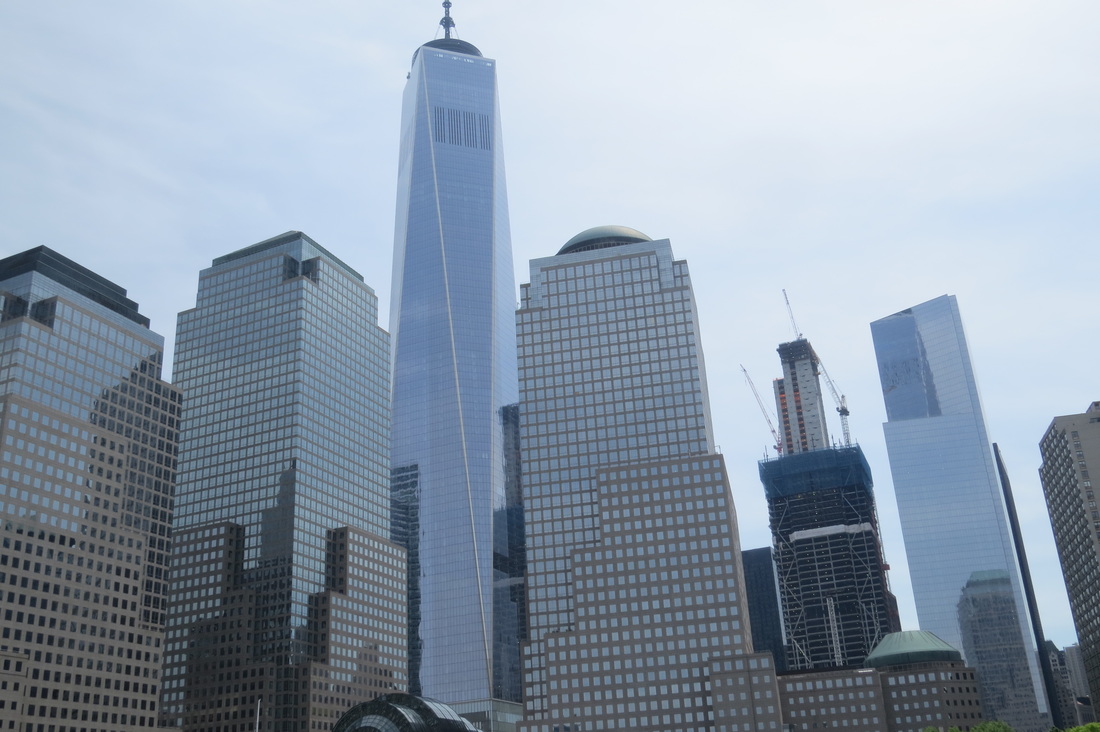
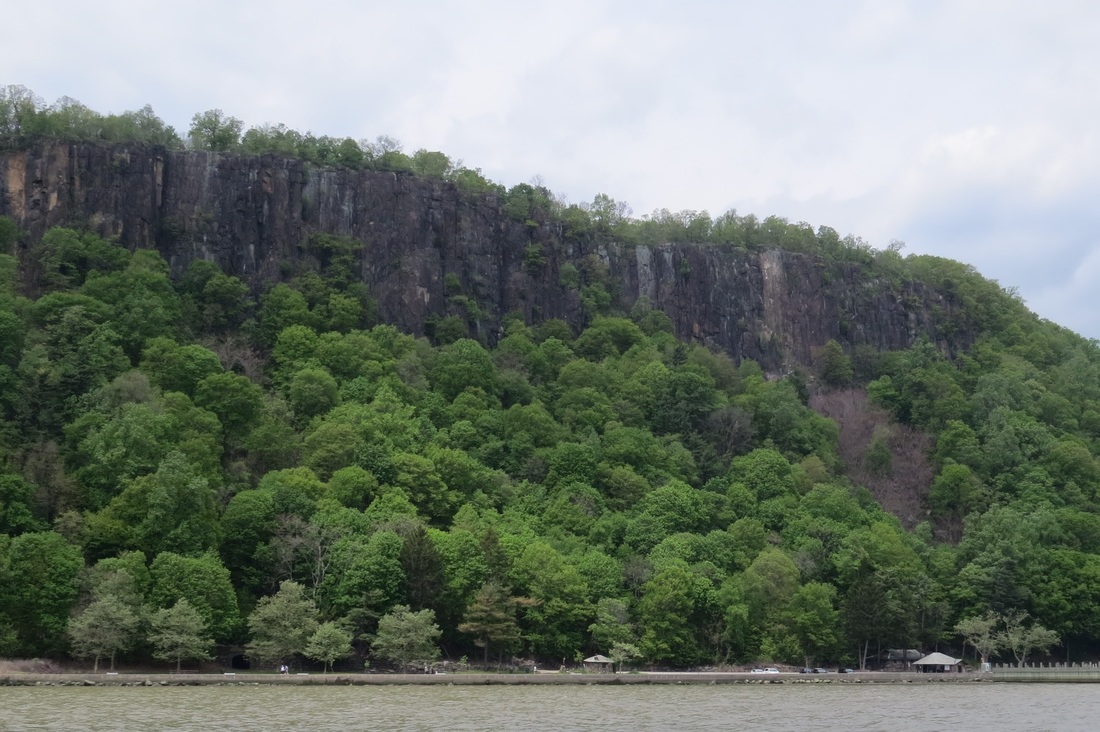
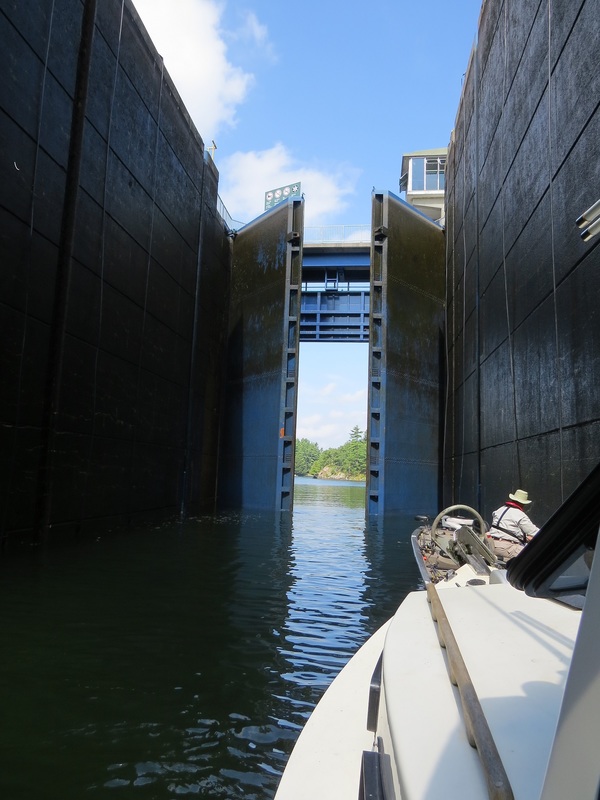
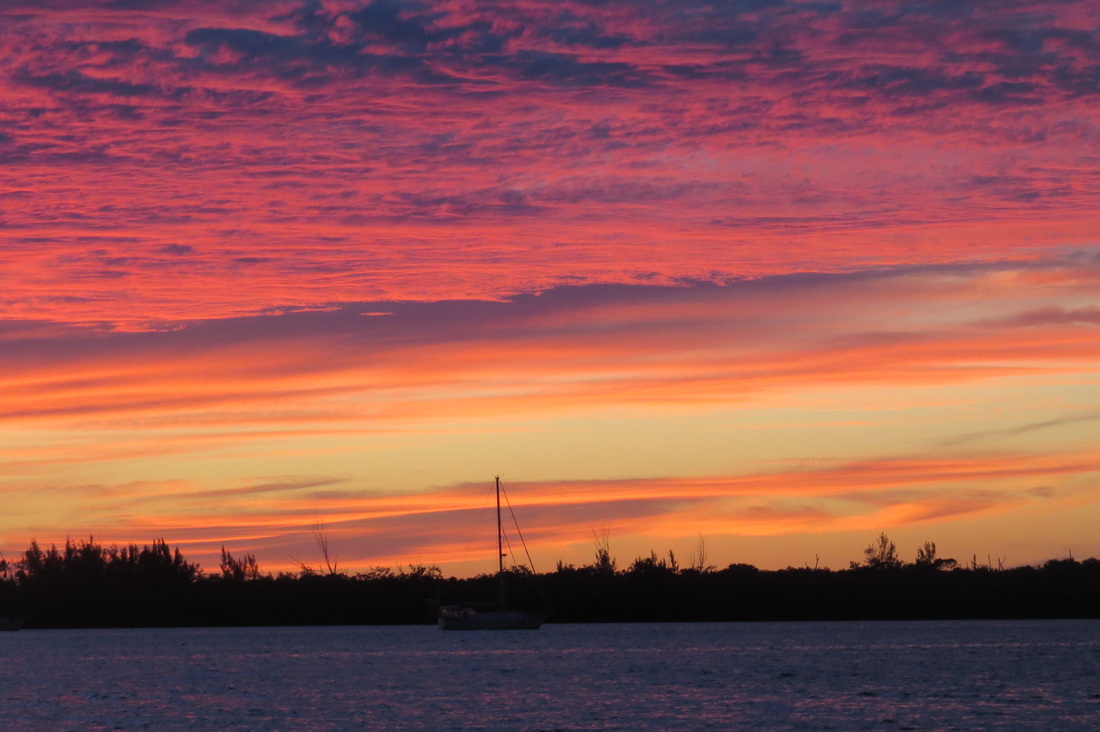
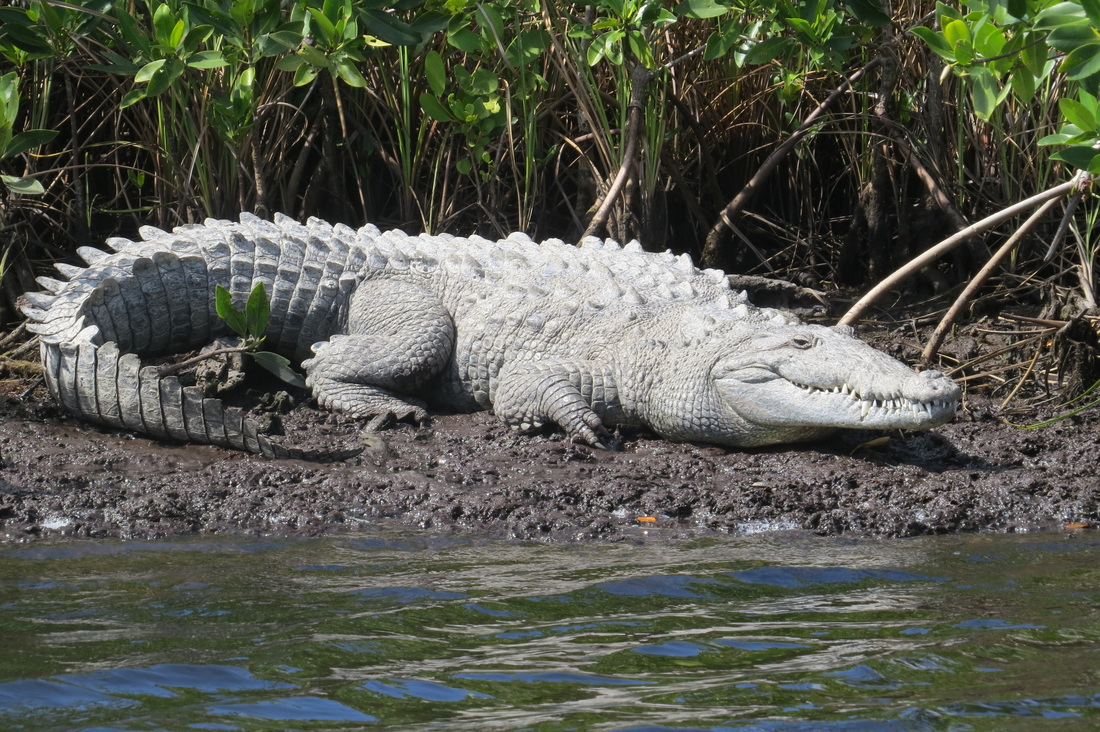
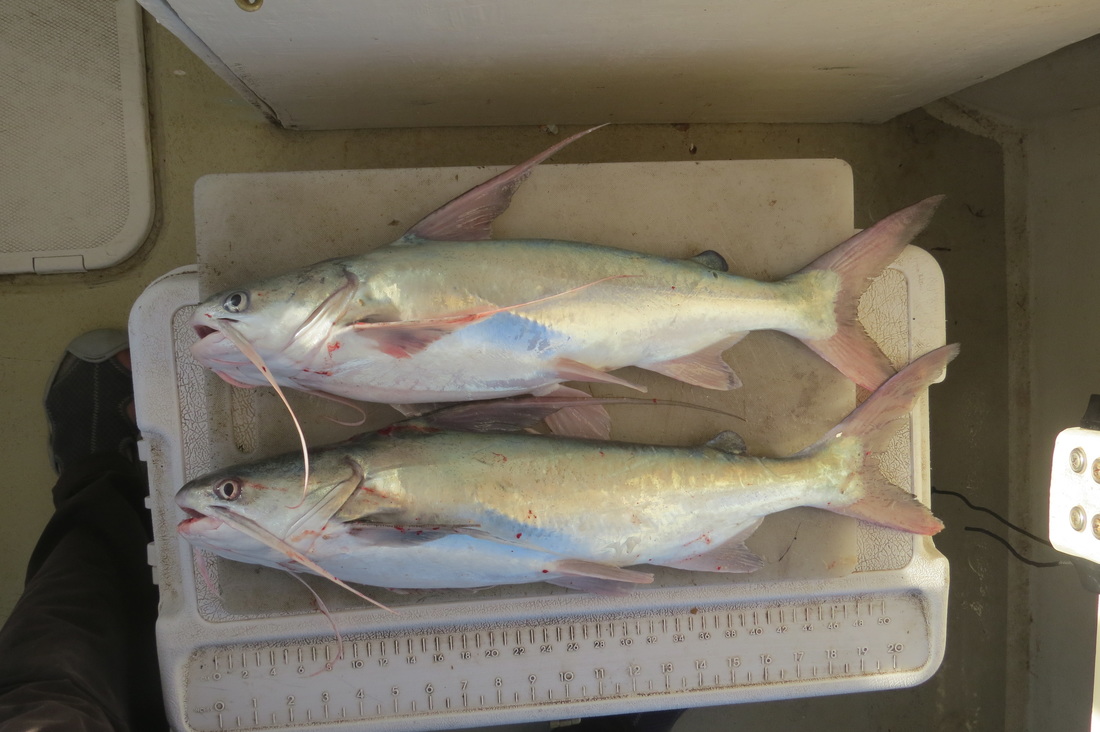
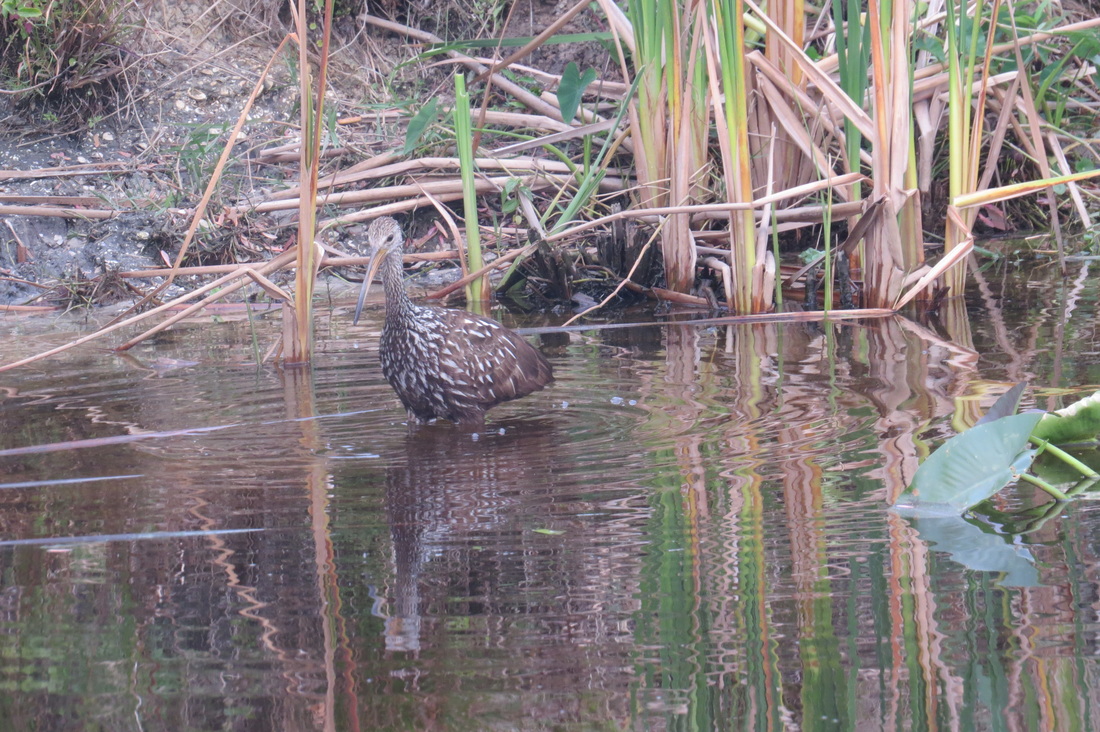
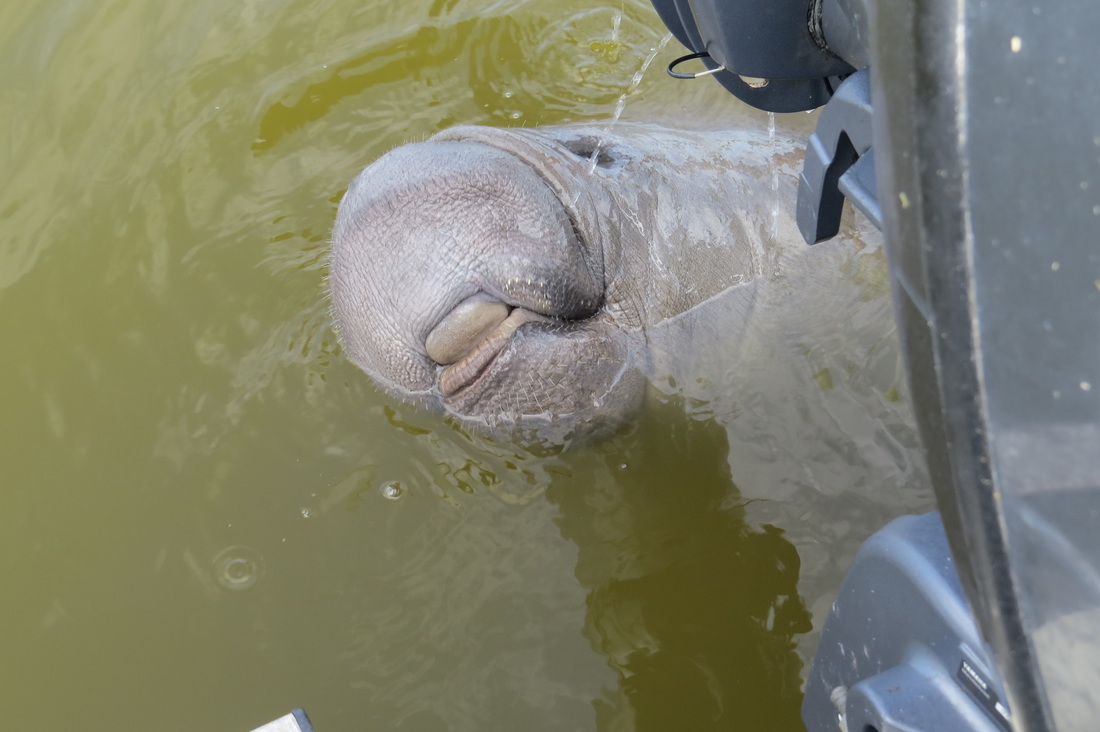
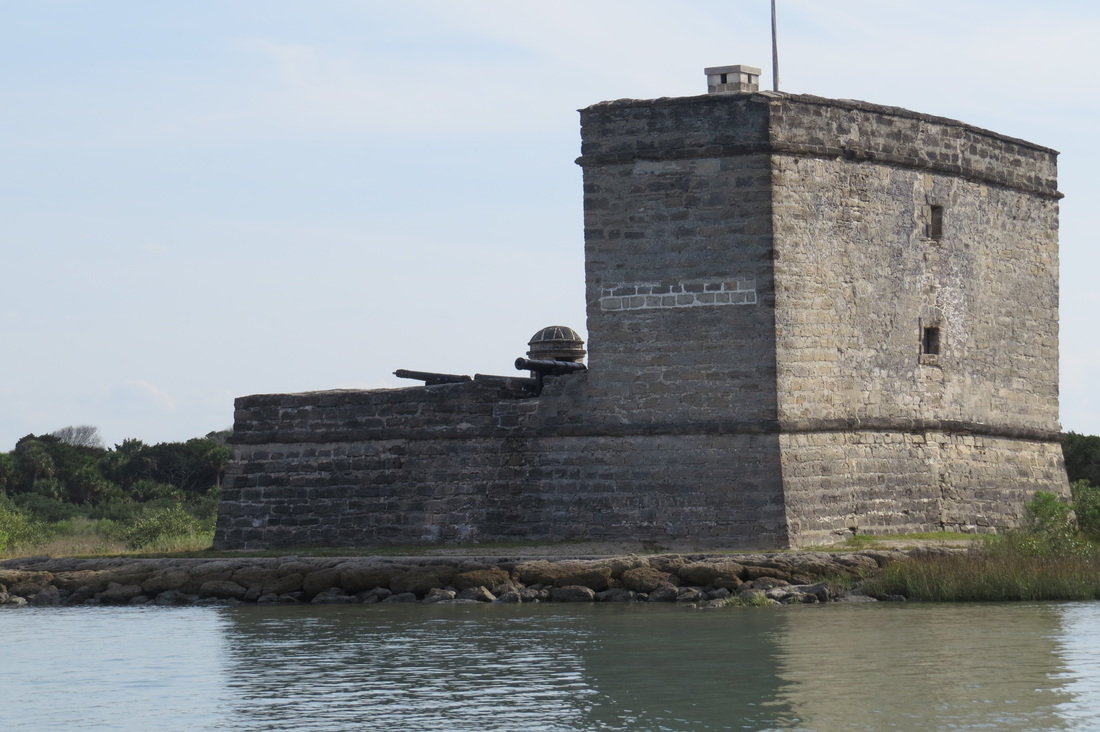
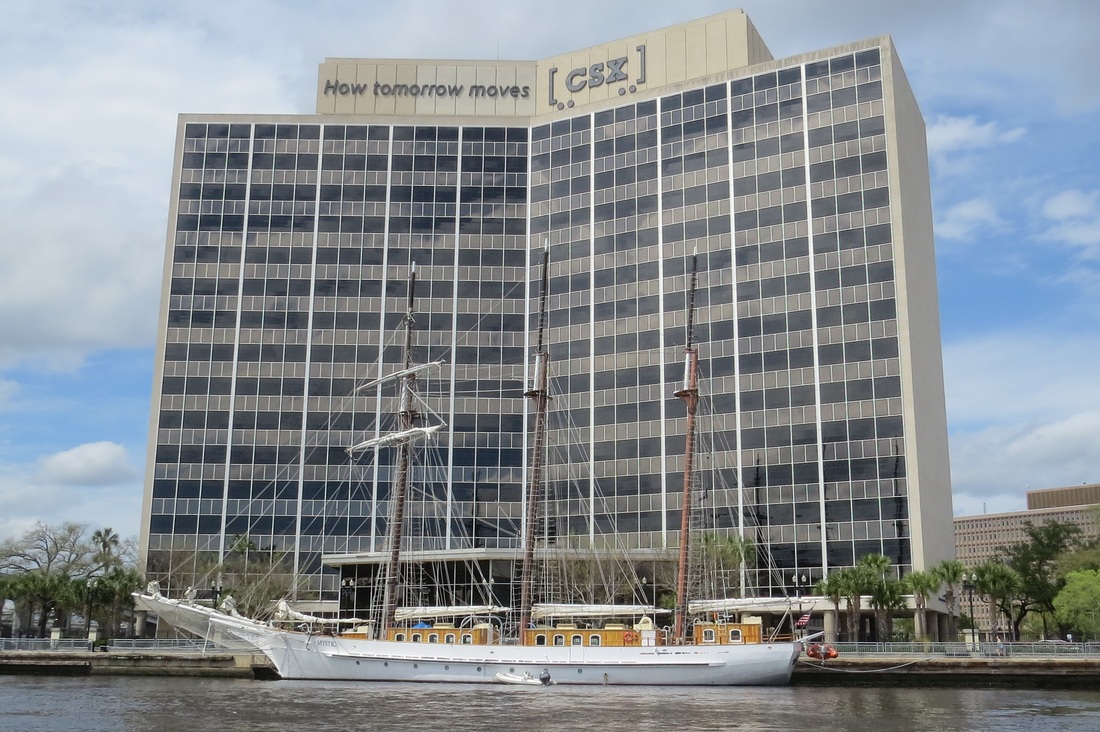
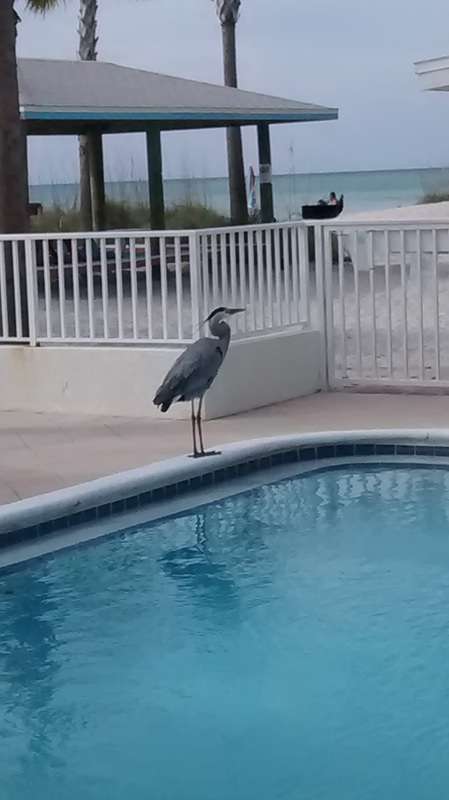
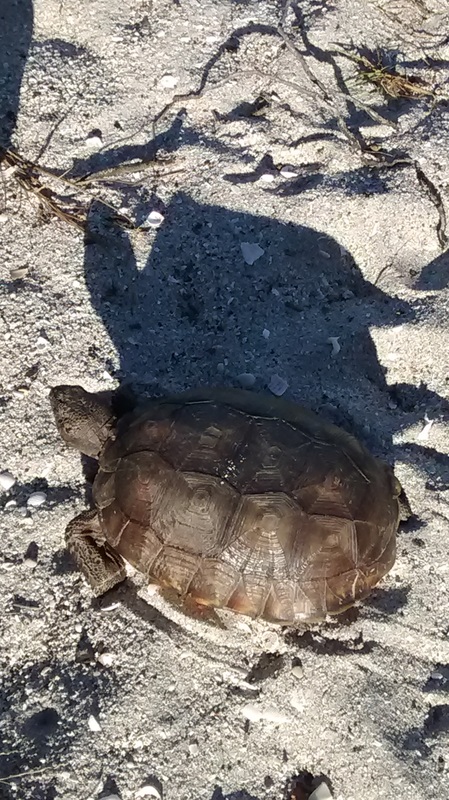
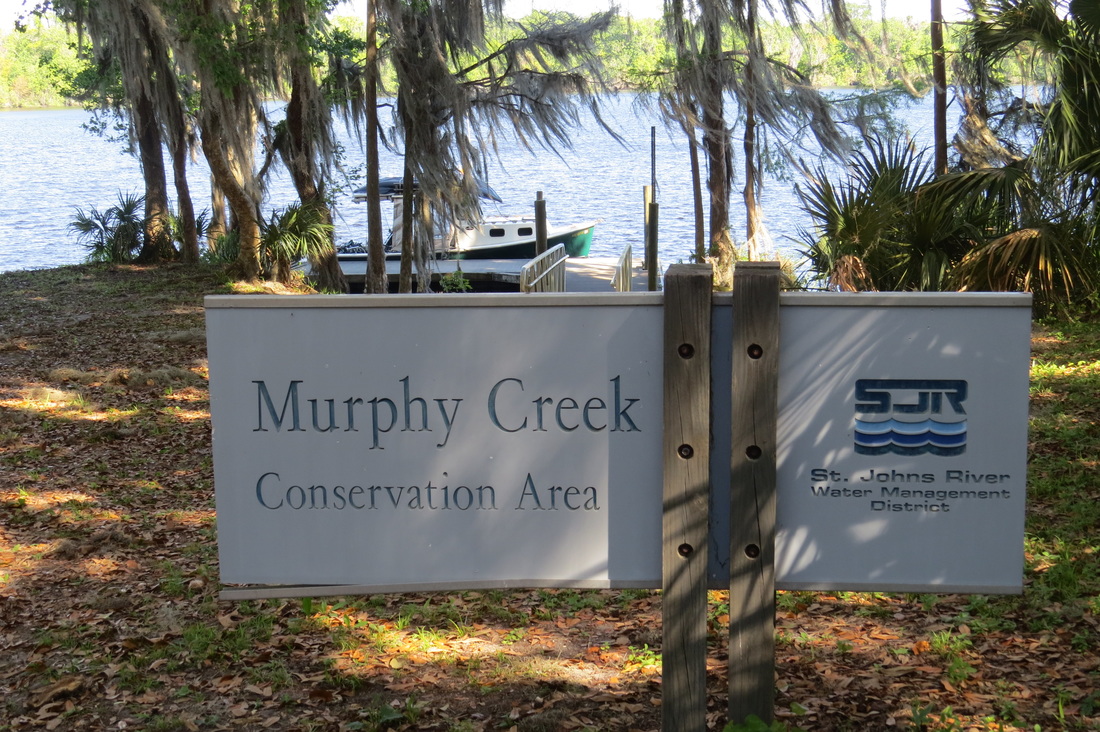

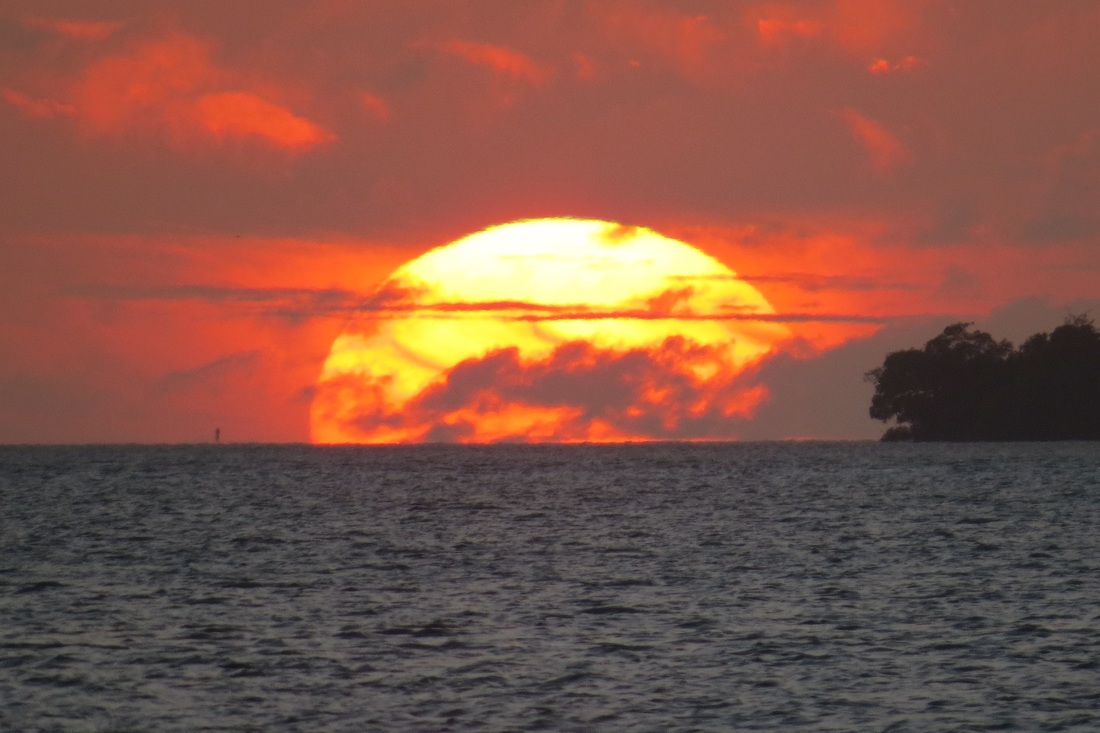
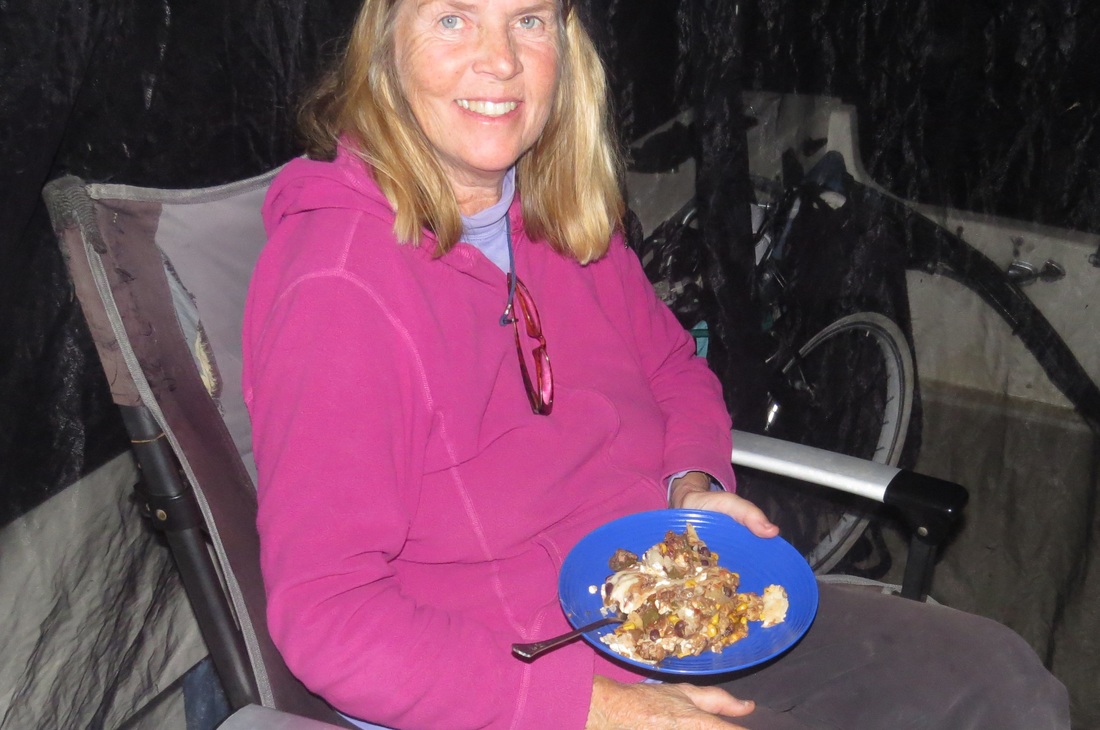
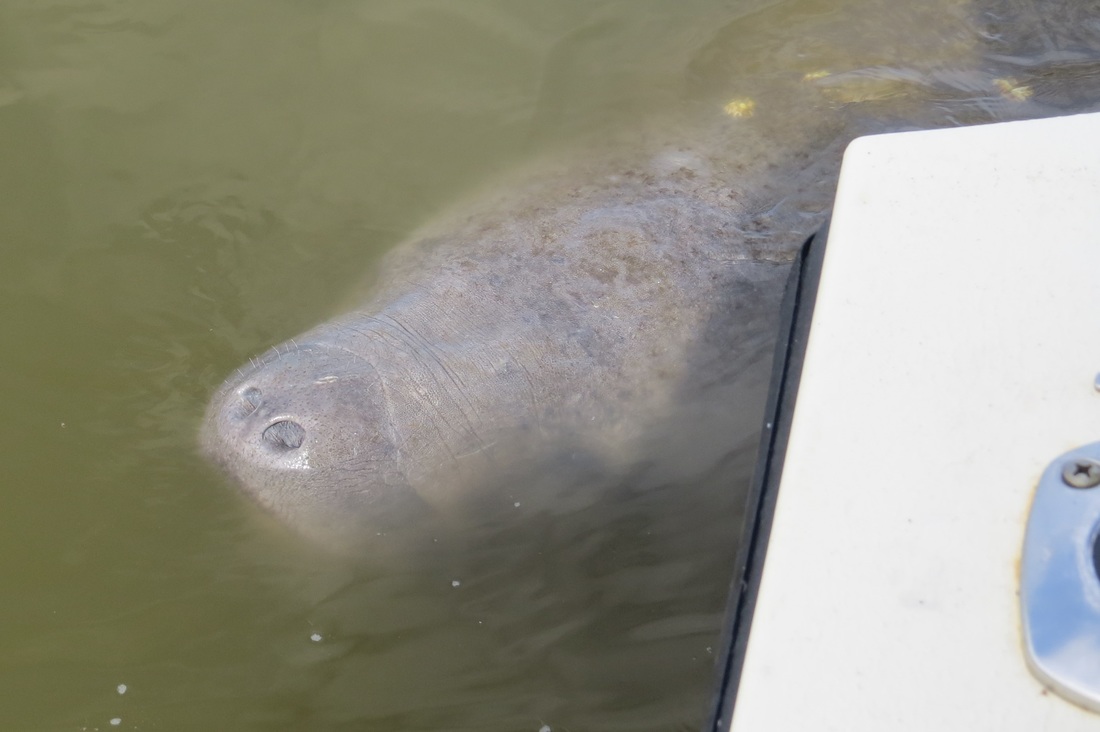
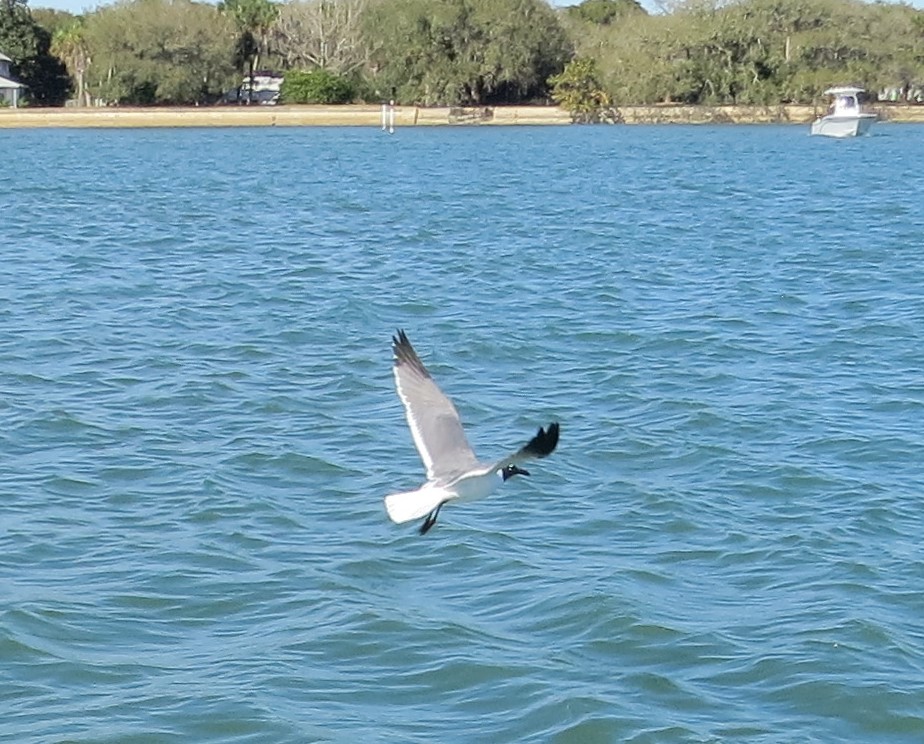
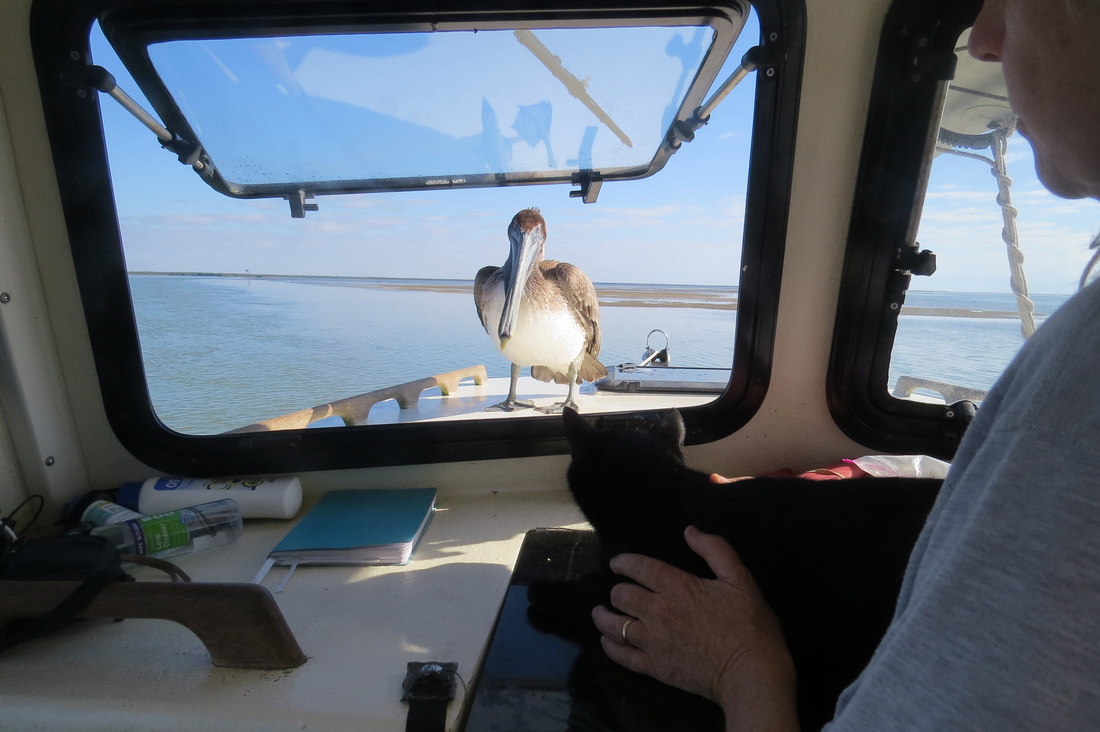
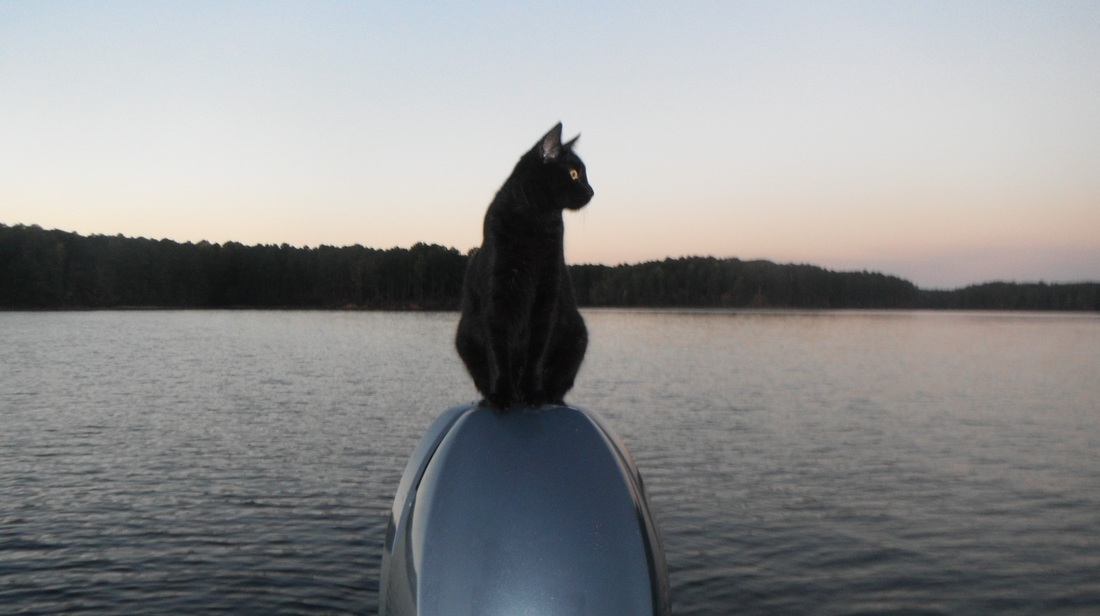
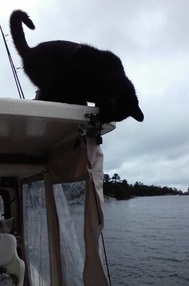
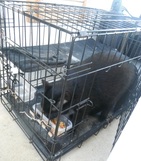
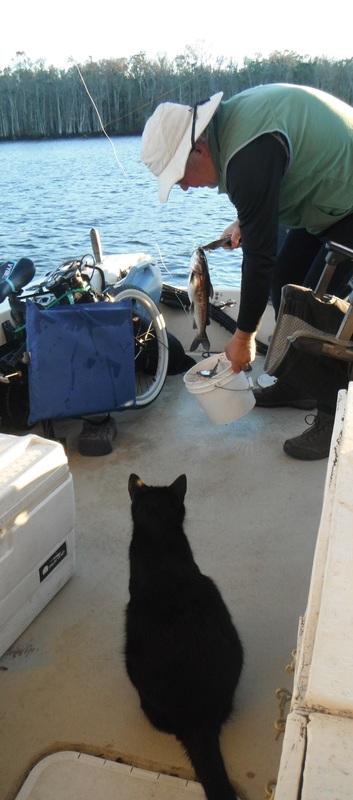
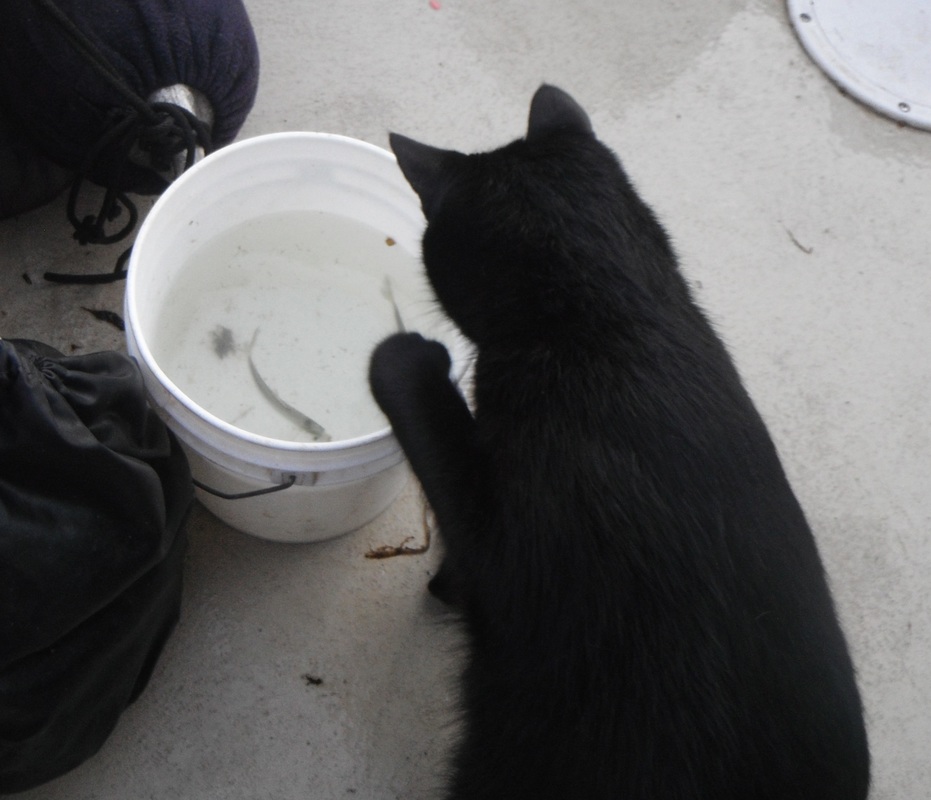
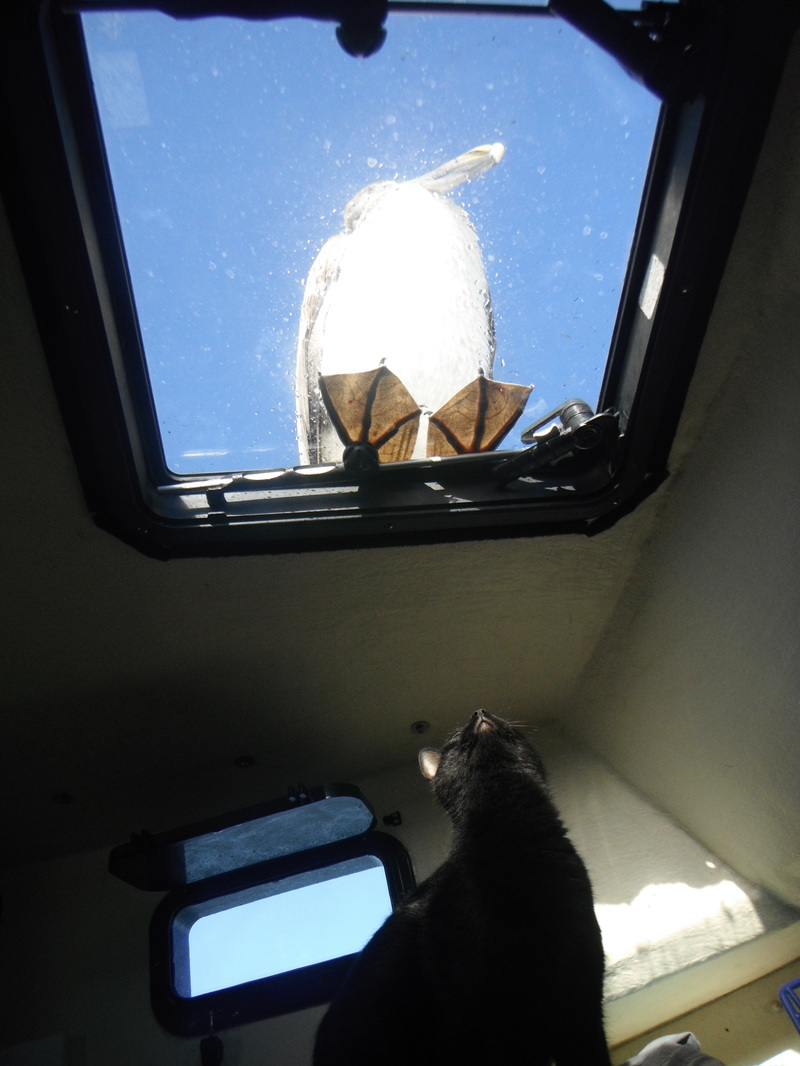
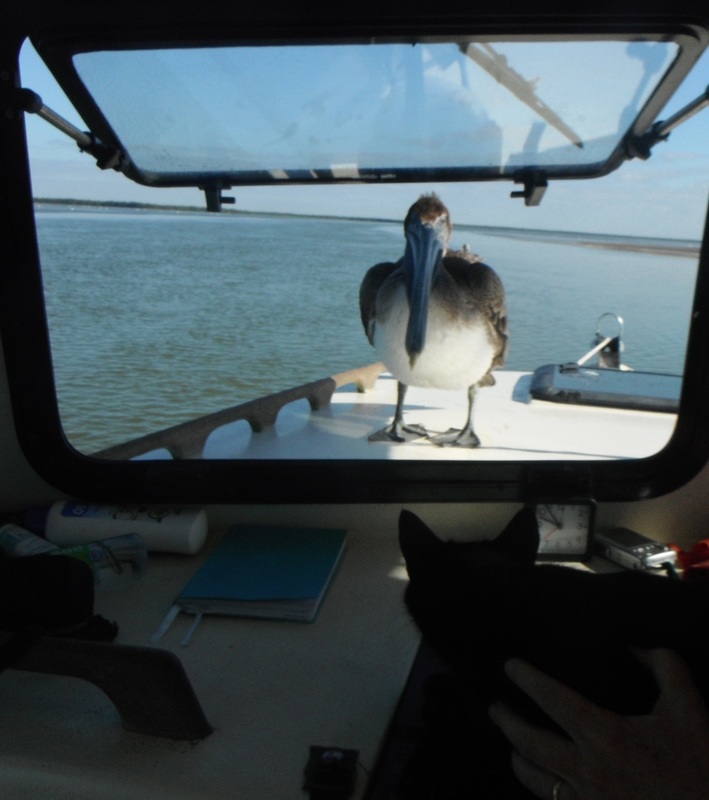


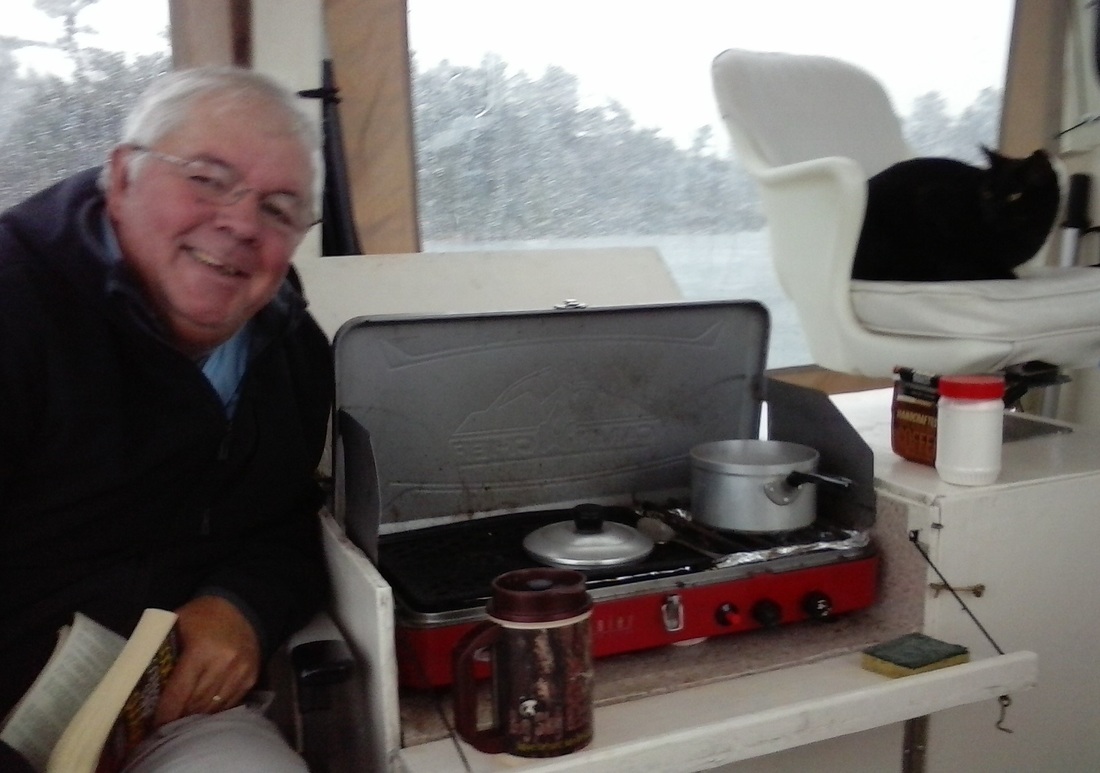
 RSS Feed
RSS Feed
